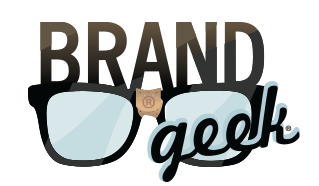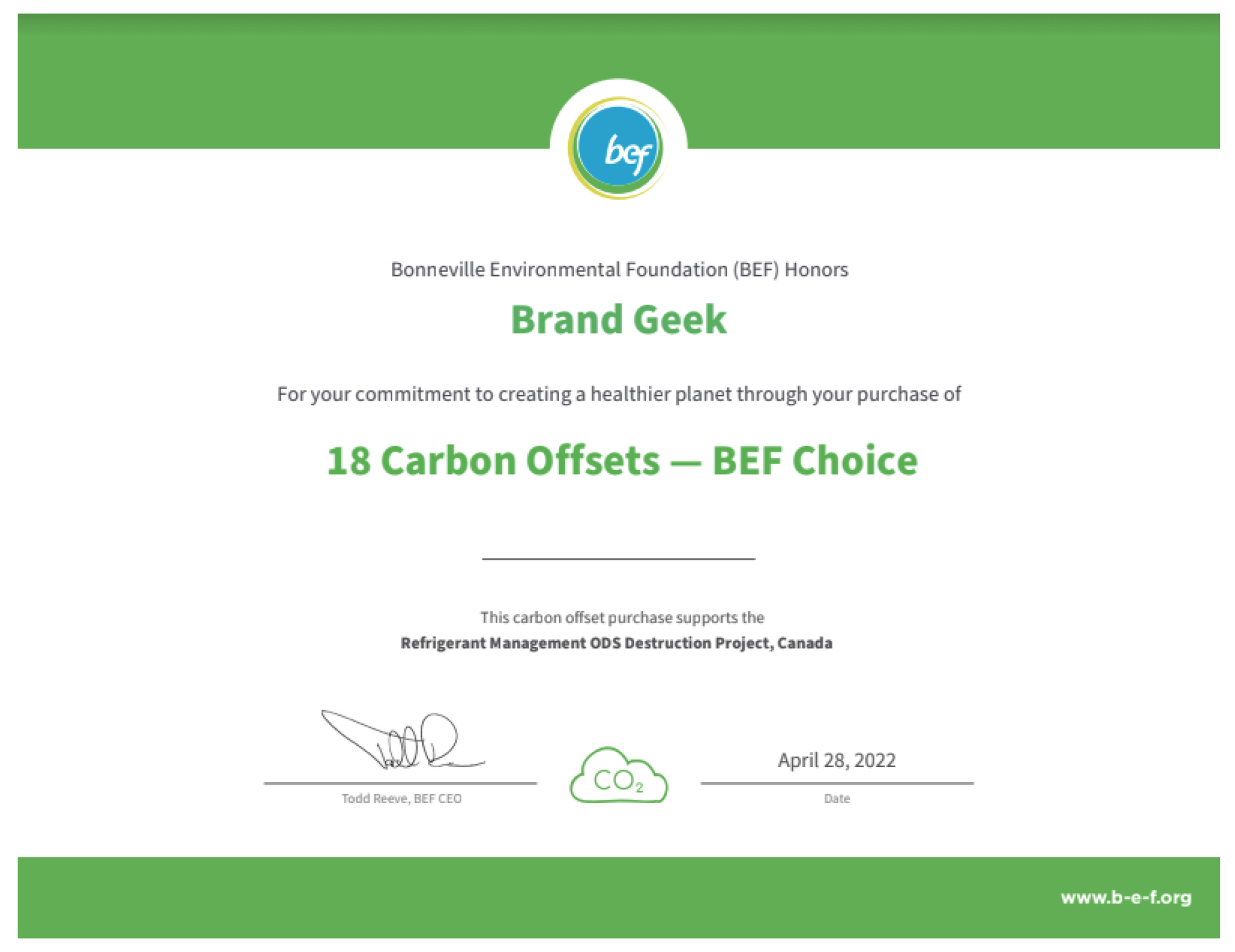Brandgeek proudly supports Mountain Area Preservation and is humbled to be…
Entrenched Entrepreneur(s)TM
I recently met a gentleman with a quite a dilemma on his hands. His name is Mitchell Schlimer, and he runs a company named Magic Wand Creations, LLC, which is able to accept donations under the umbrella of the 501(c)(3) non-profit Casimiro Foundation. Magic Wand owns the ENTREPRENEUR HALL OF FAME trademark and pending federal registration application for:
[framed_box]Educational services, namely, providing incentives to individual entrepreneurs to demonstrate excellence in the field of business achievements and enhancing the learning environment for entrepreneurs; Providing recognition and incentives by the way of awards to demonstrate excellence in the field of business achievements and entrepreneurship.[/framed_box]
According to the pending application, this mark has been in use since November, 1997. That’s fourteen years! Although the application originally was denied under Section 2(e) of the Lanham Act, due to a finding of “mere descriptiveness,” Magic Wand overcame this by proving that its ENTREPRENEUR HALL OF FAME mark has acquired distinctiveness under Section 2(f). After all, one would expect a mark that has been in use for fourteen years to have acquired some provable brand recognition. The ENTREPRENEUR HALL OF FAME has inducted the likes of such well known entrepreneurs as Mary Kay Ash, Anita Roddick, Warren Buffet and Bill Gates, among others. For if we are the company we keep, then the ENTREPRENEUR HALL OF FAME brand appears destined for success!
Magic Wand also owns pending Intent to Use trademark registration applications for the following marks:
ENTREPRENEUR HALL OF FAME & MUSEUM
ENTREPRENEURSHIP HALL OF FAME & MUSEUM
NATIONAL ENTREPRENEUR HALL OF FAME & MUSEUM
NATIONAL ENTREPRENEURSHIP HALL OF FAME & MUSEUM
INTERNATIONAL ENTREPRENEUR HALL OF FAME & MUSEUM
INTERNATIONAL ENTREPRENEURSHIP HALL OF FAME & MUSEUM
Why so many similar pending marks? What’s going on here?
Well, Magic Wand’s pending application for ENTREPRENEUR HALL OF FAME was opposed by Entrepreneur Media, Inc. (EMI) in February, 2010, so apparently it’s covering its bases for potential alternative marks. EMI based its Opposition on twelve trademark registrations that include the ENTREPRENEUR formative. The Opposition lists five registrations for ENTREPRENEUR for a variety of goods and services, including:
[framed_box]Advertising and business services; computer programs; magazines and books (pertaining to business opportunities); arranging and conducting trade shows; educational services, namely seminars and workshops on business; audio & video recordings concerning business; radio and TV programs concerning business; podcasts in the field of business; business information; and streaming audio and video.[/framed_box]EMI’s ENTREPRENEUR registrations also were refused initially based on Section 2(e), and ultimately approved by the PTO under Section 2(f). Apparently, EMI is unwilling to allow Magic Wand to federally register its ENTREPRENEUR HALL OF FAME mark, even though another company formally owned by Mitch — Let’s Talk Business Network, Inc. — previously owned a Supplemental Registration for ENTREPRENEUR’S HALL OF FAME for
[framed_box]Ongoing acknowledgement and recognition through the use of awards to individual entrepreneurs for their business achievements and enhancing the learning environment for entrepreneurs.[/framed_box]Glancing at EMI’s registrations, this battle is not its first. EMI has filed other Oppositions and lawsuits to enforce its ENTREPRENEUR marks and it also has been a defendant in cases over these marks. The Opposition filed against Magic Wand actually cites one of these cases, asserting that the Ninth Circuit Court of Appeals “affirmed the finding that ENTREPRENEUR has become a strong mark” in EMI, Entrepreneur Media, Inc. v. Smith 279 F3d 1135 (9th Cir). That case, however, actually states:
[framed_box]Nonetheless, EMI has not demonstrated that it has so strengthened its mark as to weigh this factor in favor of finding likely confusion. At trial, EMI will have the opportunity to prove that its mark is stronger than it currently appears. For present purposes — that is, for assessing whether EMI was entitled to summary [**20] judgment as to the likelihood of confusion—-we credit the “ENTREPRENEUR” mark with only descriptive strength, because on this record EMI has demonstrated no more. [/framed_box]Further, the Ninth Circuit in that case concluded:
[framed_box]Although EMI has the exclusive right to use the trademark “ENTREPRENEUR” to identify the products described in its registration, trademark law does not allow EMI to appropriate the word “entrepreneur” for its exclusive use. The descriptive nature and common, necessary uses of the word “entrepreneur” require that courts exercise caution in extending the scope of protection to which the mark is entitled.[/framed_box]There is another lawsuit pending against EMI’s ENTREPRENEUR marks now, but that will be the subject of an upcoming post.
So back to my friend Mitch’s dilemma. There are two independent issues here. First is the issue of genericness — is the term “entrepreneur” generic and thus incapable of trademark protection for business-related educational goods and services? Such a finding obviously would be detrimental to both parties, thus the genericness argument is not a strong one for Mitch. The second issue is whether EMI waited too long to pursue Magic Wand. Of course, technically, EMI could not have opposed anything other than a published application, so it could not have acted any sooner than it did.
Really, what I mean is whether it is fair and just for EMI to put up a stink fourteen years after Magic Wand first offered services under its ENTREPRENEUR HALL OF FAME mark. If EMI was unhappy with use of the ENTREPRENEUR HALL OF FAME mark, should it not have stopped it, say thirteen, twelve, or even five years ago? Should EMI not have taken action when that initial registration application was filed back in 1997? Why did it choose to allow concurrent Supplemental Registration? Why did it choose to allow concurrent use at all? Is “keeping the registry clean” really that important when a company is knowingly allowing an allegedly infringing use to occur? Does the potential of an incontestable registration for the allegedly infringing mark create that big of a risk that EMI just had to act? And again, is that fair? If EMI allowed use of ENTREPRENEUR HALL OF FAME for the past fourteen years, should it now be allowed to prevent Magic Wand from protecting the goodwill it’s built up in that mark? Or is that bullying?
 Some battles are worth fighting. It’s the client’s job to determine which ones, aided by counsel’s identification and analysis of the risks. Thank goodness for the organizations who have the wherewithal to fight!
Some battles are worth fighting. It’s the client’s job to determine which ones, aided by counsel’s identification and analysis of the risks. Thank goodness for the organizations who have the wherewithal to fight!




In my case, the Opposer stated in court filings that they “watched” me for 6 years before initiating legal action. This only came after I was impacting their market share. It takes courage, integrity and dedication to fight the good fight. I commend all who take up the battle for justice. I did. And after 7 years I prevailed.
Thanks for continuing to read & comment, Carl! It means a lot to me.